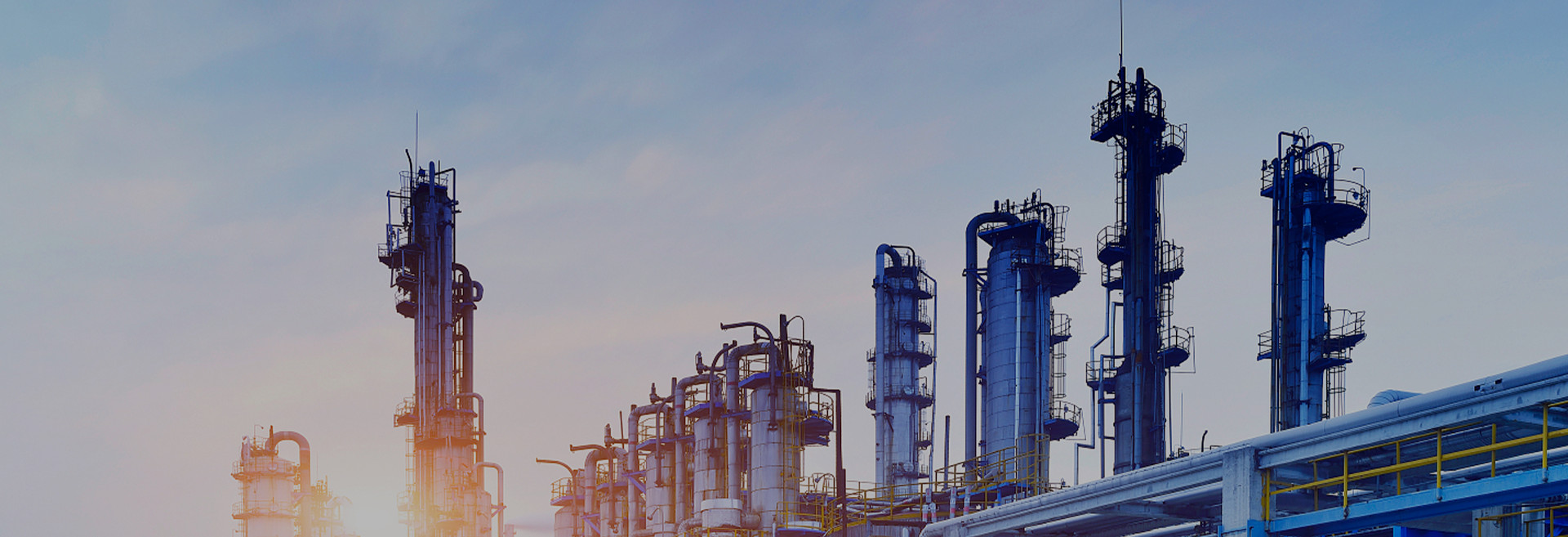Hydrogen chloride (HCl) This is a compound of hydrogen and chlorine atoms. Under standard conditions (i.e. normal temperature and pressure), hydrogen chloride is in the gaseous state. When the temperature and pressure change, the state of HCl also changes. At low temperatures or high pressures, HCl can become liquid or solid.
In scientific experiments and industrial production, hydrogen chloride is usually found in the gaseous state. For example, in the production of hydrochloric acid (an aqueous solution of HCL), hydrogen chloride, obtained by burning hydrogen and cooling chlorine, is dissolved in water. Hydrogen chloride is highly irritating and corrosive and therefore requires appropriate handling and storage measures.
Although HCl can become liquid or solid under certain special conditions, under normal conditions HCl is a gas. Therefore, for general use and discussion, it can be assumed that hydrogen chloride is a gas.
Fire Fighting Measures for High Purity Hydrogen Chloride Gas
Hazardous properties:
Anhydrous hydrogen chloride is not corrosive, but is highly corrosive in contact with water. It may react with some reactive metal powders to release hydrogen gas. Cyanide produces highly toxic hydrogen cyanide gas.
Fire-fighting methods:
Hydrogen chloride gas does not burn. However, if contact with other objects causes a fire, firefighters must wear full-body suits, close the valves on the cylinders in the fire to contain the fire, and close the valves with water spray protection. Spray water to cool the container and, if possible, move the container away from the fire to an open area.
Post time: Jul-17-2024

